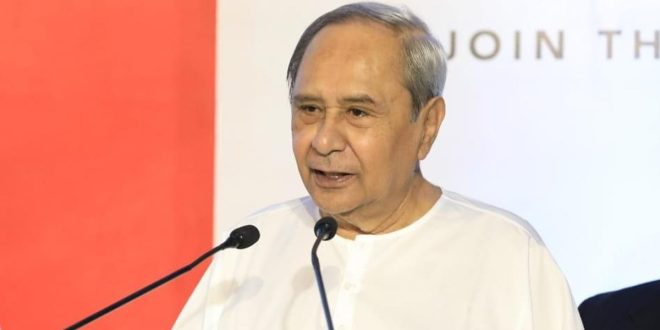Bhubaneswar: In a significant move to support and encourage the diverse forms of folk arts in Odisha, Chief Minister Naveen Patnaik has announced a substantial increase in the remuneration provided to folk artistes.
The announcement comes as part of the government’s efforts to promote awareness about these traditional art forms through programs organized by the Department of Information and Public Relations.
According to an official release, the Chief Minister has directed the concerned authorities to raise the remuneration for artistes involved in the promotion of various folk arts, such as Daskathia, Pala, Ghoda Nacha, and other forms of folk dance and music.
Under the new remuneration structure, each folk artiste will be eligible for payment based on three performances within a span of three hours in a day. The team leader will receive Rs 1000, while other members will be entitled to Rs 800 each. Additionally, the artistes will receive Rs 300 each per day to cover their transportation and food expenses.
With the revised remuneration, a two-member team performing Daskathia will now receive Rs 2400, marking a Rs 400 increase compared to the previous structure of Rs 2000.
Likewise, a team of six Pala performers will be granted Rs 6800 per program, demonstrating a significant hike from the previous remuneration of Rs 350.
In the case of Ghoda Nacha performances, which were previously compensated at only Rs 350 per program, an eight-member team will now receive Rs 9000 each, ensuring a substantial improvement.
For folk dance and music, artistes were formerly paid a mere Rs 400, which has now been amplified to Rs 9000 each for an eight-member team.
The decision to enhance the remuneration for folk artistes exemplifies the government’s commitment to preserving and nurturing the rich cultural heritage of Odisha. By recognizing the invaluable contributions of these artists, the state aims to revitalize and propagate the diverse folk art forms that have been an integral part of its cultural fabric for generations.
 Update Odisha-Latest Odisha News I Breaking News Get latest news on Odisha, Govt. Jobs, OSSC, OPSC, Entertainment, Crime, Sports, and Education
Update Odisha-Latest Odisha News I Breaking News Get latest news on Odisha, Govt. Jobs, OSSC, OPSC, Entertainment, Crime, Sports, and Education



